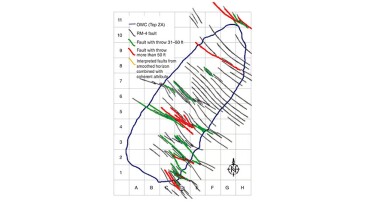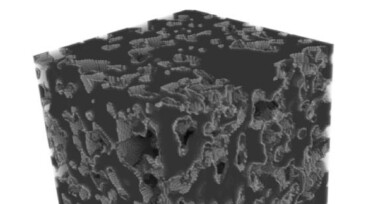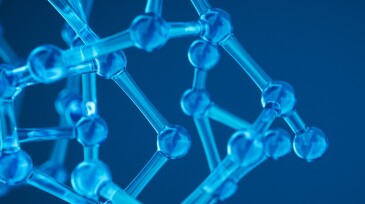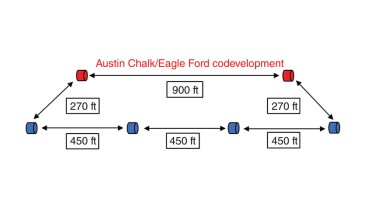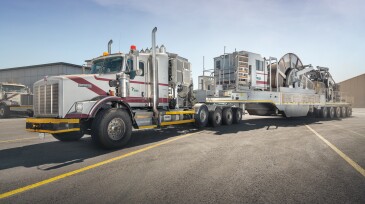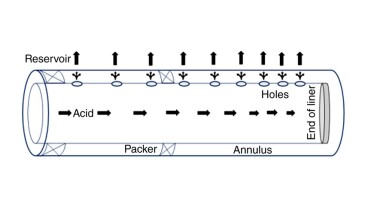carbonates
-
This paper discusses the approach used to sectorize a mature giant carbonate reservoir located onshore Abu Dhabi for the purposes of reservoir management, offtake, and injection balancing.
-
This paper presents a novel modeling framework for predicting residual oil saturation in carbonate rocks. The proposed framework uses supervised machine learning models trained on data generated by pore-scale simulations and aims to supplement conventional coreflooding tests or serve as a tool for rapid residual oil saturation evaluation of a reservoir.
-
This paper presents a unique investigation into determining the sufficient concentration of hardness ions required to significantly reduce the adsorption of acrylamide-tertiary-butyl-sulfonate-based polymer with a focus on mitigating polymer retention in carbonate formations using softened brine.
-
This study compares seven imputation techniques for predicting missing core-measured horizontal and vertical permeability and porosity data in two wells drilled in the North Rumaila oil field in southern Iraq.
-
This paper describes an approach that combines rock typing and machine-learning neural-network techniques to predict the permeability of heterogeneous carbonate formations accurately.
-
The KRI has become a significant player in the oil and gas industry. The authors use production data from key fields to explore the factors influencing both individual fields and overall production. An overview of the challenges and milestones in the region’s oil and gas sector from 2014 to 2023 enhances understanding of its evolution, current status, and future oppor…
-
This paper highlights an approach of using active hydrogen to stimulate hard-to-recover formations from candidate-well selection through pilot execution and evaluation.
-
The authors investigate the utility of applying unconventional technology to low- or variably producing carbonate reservoirs to increase estimated ultimate recovery and decrease development-scale variability.
-
SponsoredTAQA is commencing its journey into the year 2024 with the successful launching of many innovative coiled tubing technologies and solutions, technologies that will transform the nature of well intervention operations into a new era. Read this article and dive into the high-tier coiled tubing technology offerings from TAQA.
-
This paper describes the stimulation of a horizontal water-injection well with a limited-entry-liner completion in an onshore carbonate reservoir using a large volume of viscoelastic diverter-acid fluid system ahead of the main acid stage.

